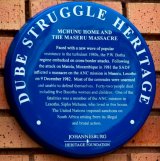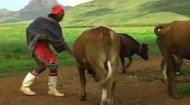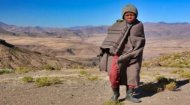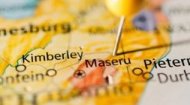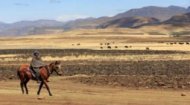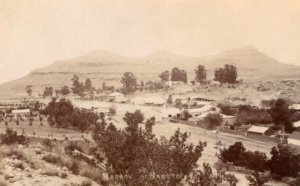|
Maseru Profile |
Maseru Profile |
Maseru Profile | Maseru Profile |
|
|
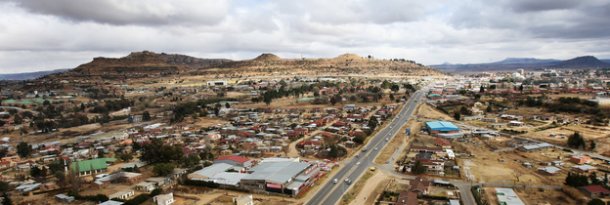
Today, when walking through Maseru with its population of around 330,760, a fascinating blend of the traditional and the modern can be witnessed. Business professionals in suits share the pavement with shepherds draped in the iconic Basotho blanket, a symbol of national identity worn for warmth and status. The mokorotlo, a conical straw hat whose shape is inspired by the Qiloane mountain, is another powerful cultural symbol, its form even immortalised in the architecture of a prominent local building. While Christianity is the dominant religion, it is often synthesised with traditional beliefs and customs. This social tapestry makes Maseru a city that feels both authentically African and progressively global. As Lesotho's capital, Maseru's economic profile is diverse, anchored by several key sectors. The government is the largest employer, with all major ministries, agencies, and foreign embassies headquartered here. This creates a stable, salaried middle class that drives much of the city's formal consumer economy. Commerce and retail are highly visible. The main thoroughfare, Kingsway, is lined with banks, shops, and corporate offices. In recent years, modern shopping malls have emerged, offering international brands and services. However, this formal economy exists alongside a bustling informal sector. Vibrant street markets are everywhere, with vendors selling everything from fresh produce and grilled maize to mobile phone airtime and handcrafted goods. A crucial pillar of Maseru's - and Lesotho's economy - is the textile and apparel industry. Large factories, often located in industrial estates on the city's outskirts, produce garments for major international brands, primarily for export to the United States under the African Growth and Opportunity Act (AGOA). This sector is a vital source of employment, particularly for women. Furthermore, due to its proximity, Maseru’s economy is deeply intertwined with that of South Africa. Goods, services, and capital flow freely across the border, and remittances from Basotho working in South Africa are a significant source of income for many families in the city. Daily life in Maseru begins in the early morning when the streets fill with minibus taxis - the primary mode of public transport - ferrying workers and students into the city centre. This daily influx often leads to significant traffic congestion, a major challenge for the city's infrastructure. Despite this, the pace of life is generally more relaxed than in other major African cities. Social activity often revolves around family, church, and community events. However, beneath this surface, Maseru grapples with significant challenges reflective of the nation's struggles. Unemployment and underemployment are persistent issues, forcing many to rely on the informal economy or seek work in South Africa. Rapid urbanisation has put immense pressure on public services like housing, water, and sanitation, leading to the growth of unplanned settlements on the city's periphery. Public health, particularly the high prevalence of HIV/AIDS, remains a critical concern that affects families and strains healthcare resources. For visitors, Maseru serves as the primary gateway to the wonders of the "Mountain Kingdom." While the city itself is more functional than ornate, it holds several key attractions: Thaba Bosiu: Located just outside the city, this mountain plateau is the nation's most important historical site. It was the stronghold of King Moshoeshoe I, where he successfully defended his people and forged the Basotho nation. The site offers stunning views and a profound sense of history. The Basotho Hat (Mokorotlo): This iconic building, shaped like the traditional Basotho hat, is a must-see landmark. It functions as a craft market, offering an excellent opportunity to purchase authentic, locally made goods. Katse Dam: While a few hours' drive from Maseru, a trip to this engineering marvel is a popular excursion. As a core component of the Lesotho Highlands Water Project, the dam is a source of national pride, showcasing breathtaking landscapes along the way. Maseru Border Bridge: As the busiest land border crossing in the country, it is a hive of activity and offers a fascinating glimpse into the deep connection between Lesotho and South Africa. The video, (above, left) provides further insights into the profile of Maseru. |

